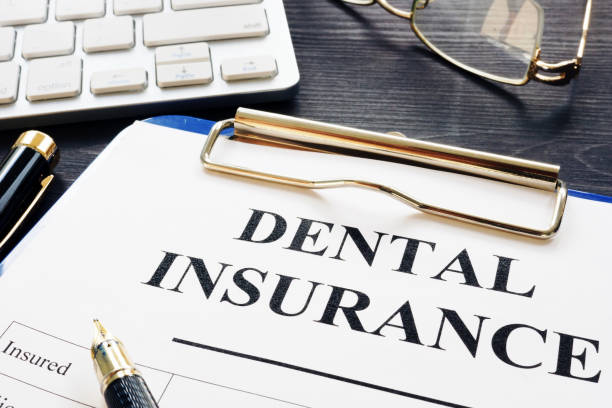Introduction
In today’s world, dental care is more critical than ever. With the rising costs of dental treatments, having suitable dental insurance can make all the difference in maintaining good oral health. This article will delve into the various options available for dental insurance, helping you navigate the complexities of coverage to find the best plan for your needs.

Types of Dental Insurance
Indemnity Plans
Indemnity plans, also known as traditional insurance, offer the most flexibility. They allow you to choose your dentist and cover a percentage of the costs after you meet your deductible.
Preferred Provider Organization (PPO) Plans
PPO plans have a network of dentists from which you can choose. You’ll pay less if you visit an in-network dentist, but you still have the option to see out-of-network providers.
Health Maintenance Organization (HMO) Plans
HMO plans typically have lower premiums but require you to choose a primary care dentist from a network. You must receive all your dental care from network providers unless it’s an emergency.
Dental Discount Plans
Discount plans offer reduced rates on dental services for a monthly or yearly fee. While not insurance, they can provide significant savings, especially for those without coverage.
Symptoms of Inadequate Dental Coverage
Delayed Dental Care
Without proper coverage, many individuals postpone necessary dental treatments due to cost concerns, leading to worsening oral health issues.
Financial Strain
The high out-of-pocket expenses associated with dental procedures can cause financial strain, especially for families with multiple members needing care.
Limited Access to Providers
Certain insurance plans restrict the choice of dentists, limiting access to preferred providers or specialists.
Causes of Inadequate Dental Coverage
Lack of Employer Benefits
Many individuals lack dental coverage because their employers do not offer it as part of their benefits package.
High Premiums
For some, the cost of premiums for comprehensive dental insurance is prohibitively expensive, leading them to opt-out of coverage altogether.
Pre-existing Conditions
Certain dental insurance plans may exclude coverage for pre-existing conditions or impose waiting periods before providing benefits.

Diagnosis and Tests
Routine Check-ups
Regular dental check-ups are crucial for early detection of oral health issues such as cavities, gum disease, and oral cancer.
X-Rays
Dental X-rays help dentists identify problems not visible to the naked eye, such as cavities between teeth or issues below the gum line.
Oral Examinations
Comprehensive oral examinations assess the overall health of your teeth, gums, and mouth, allowing dentists to develop personalized treatment plans.
Treatment Options
Fillings and Restorations
Fillings are used to repair cavities, while restorations such as crowns or bridges restore the function and appearance of damaged teeth.
Root Canal Therapy
Root canal therapy treats infected or damaged tooth pulp, preserving the natural tooth and preventing the need for extraction.
Periodontal Treatment
Periodontal treatments address gum disease and prevent its progression, ranging from scaling and root planing to surgical interventions.
Preventive Measures
Brushing and Flossing
Regular brushing and flossing remove plaque and bacteria from the teeth, reducing the risk of cavities and gum disease.
Fluoride Treatment
Fluoride strengthens tooth enamel, making it more resistant to decay. Professional fluoride treatments are recommended for both children and adults.
Dental Sealants
Sealants are thin coatings applied to the chewing surfaces of molars to prevent decay in hard-to-reach areas.
Personal Stories or Case Studies
Sarah’s Story: Overcoming Dental Anxiety
Sarah shares her journey of overcoming dental anxiety and finding a supportive dentist who helped her maintain her oral health.
John’s Experience with Dental Insurance
John discusses how having dental insurance eased the financial burden of his daughter’s orthodontic treatment, allowing her to get the care she needed.

Expert Insights
According to Dr. Smith, a leading dentist, “Having dental insurance can significantly impact an individual’s willingness to seek preventive care, ultimately leading to better oral health outcomes.”
Conclusion
Choosing the right dental insurance is essential for maintaining optimal oral health and avoiding costly treatments down the road. By understanding the different types of plans available and assessing your needs, you can find coverage that ensures you and your family’s smiles stay bright for years to come.



